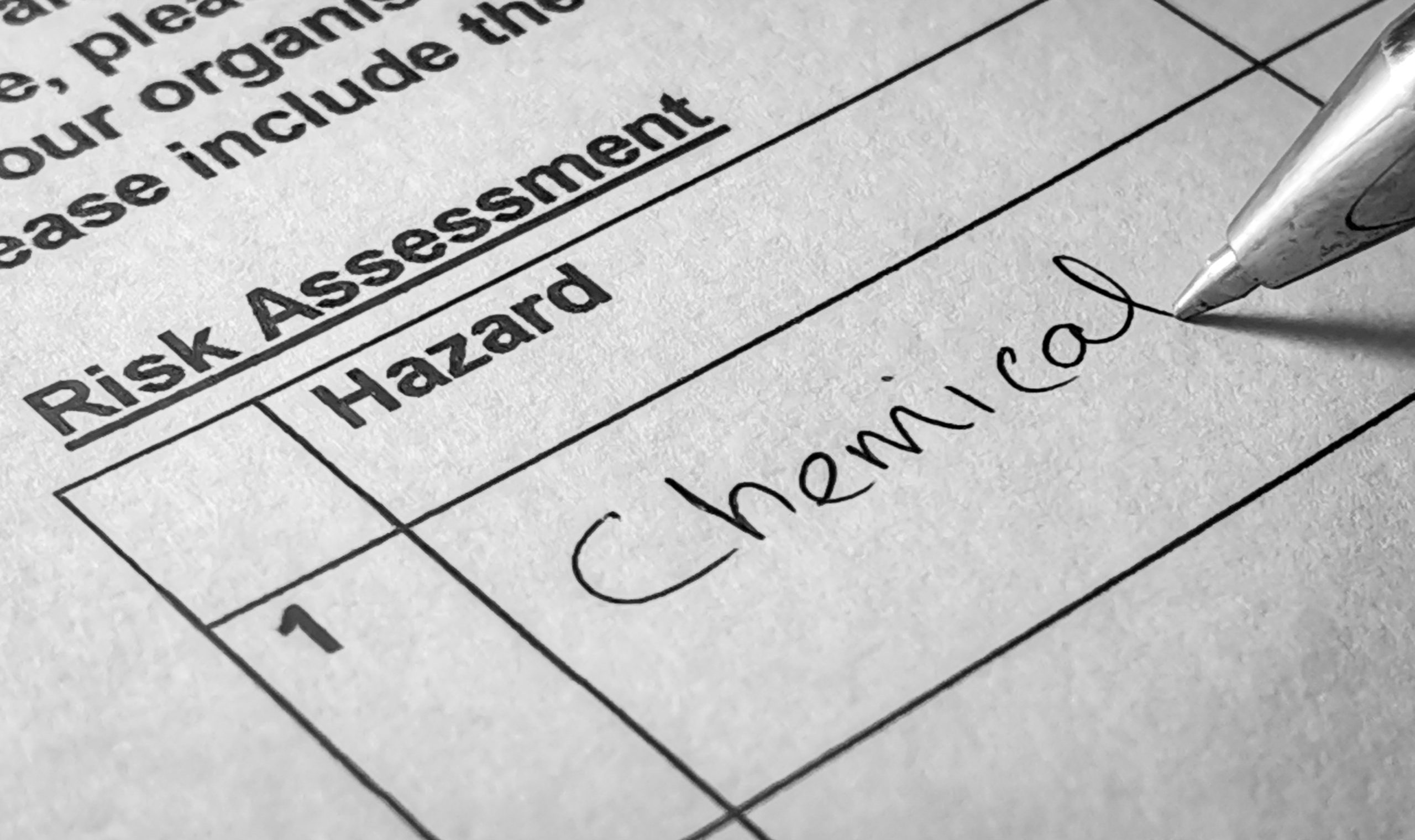The U.S. Environmental Protection Agency (USEPA) recently finalized a rule to strengthen the process for conducting risk evaluations on chemicals under the Toxic Substances Control Act (TSCA). The improvements to USEPA’s processes advance the goals of the chemical safety law, ensure TSCA risk evaluations comprehensively account for the risks associated with a chemical, and provide a solid foundation for protecting public health from toxic chemicals.
TSCA risk evaluations are the basis for USEPA’s risk management rules that protect people and the environment from harmful chemicals. The final rule includes:
- Consideration of real-world exposure scenarios such as multiple exposure pathways (e.g., in air and water) to the same chemical, and combined risks from multiple chemicals when USEPA has the scientific information to do so, which may be particularly important for communities who face greater exposures or susceptibilities to chemicals than the rest of the general population.
- A requirement that risk evaluations are comprehensive in scope and do not exclude conditions of use or exposure pathways.
- Clarifications to ensure USEPA appropriately considers risks to all workers in its risk evaluations.
- Consideration of chemical uses that may be required for national security or critical infrastructure by other Federal agencies.
- Assurance USEPA will continue to use the best available science to conduct risk evaluations, that decisions are based on the weight of the scientific evidence, and that risk evaluations will be peer reviewed in accordance with both Federal and USEPA guidance.
- Discussion of chemical-specific fit-for-purpose approaches that allow for varying types and levels of analysis so that risk evaluations focus less rigorously on the conditions of use that are expected to pose low potential risk and can reliably be completed within the timeframes required by the statute.
- A clear requirement for risk evaluations to culminate in a single risk determination on the chemical substance, rather than on individual chemical conditions of use in isolation, and improved communications regarding the uses that significantly contribute to the unreasonable risk.
- New procedures and criteria for whether and how USEPA will revise scope and risk evaluation documents, to improve transparency.
- Adjustments to the process for submission and review of manufacturer requests for risk evaluations of chemicals to better align with the process and timeline associated with USEPA-initiated risk evaluations, while also ensuring that the agency can use the authorities provided under the law for gathering any needed additional information on such chemicals.
- A requirement that risk evaluations must explicitly consider overburdened communities when identifying potentially exposed and susceptible populations as relevant to the risk evaluation.
Visit the USEPA website to access additional information about the TSCA risk evaluation process.

